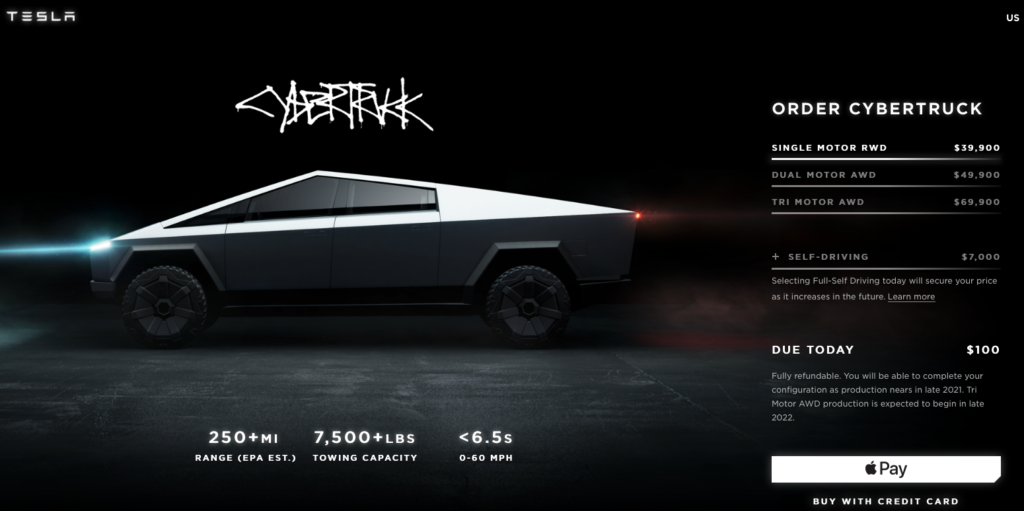Trump Proposes Cutting Amtrak Funding, Boost Infrastructure
WASHINGTON, Feb 10 (Reuters) - The White House budget released on Monday proposed cutting funding for passenger rail carrier Amtrak, while calling for a significant boost in infrastructure spending. The proposal would cut Amtrak funds…
